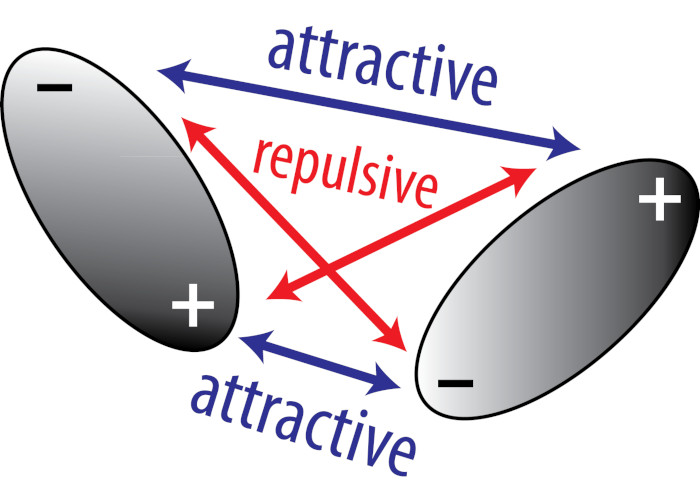The detection of molecules or viruses in low concentrations regimes is a critical requirement in the field of diagnostics and biomedical research. Such challenge is the goal of the so called “digital” technologies applied to biosensors which is now, after the insurgence of SARS-CoV-2, of key interest for point-of-care and clinical diagnostic applications.
Analogously to digital-PCR, the goal of digital biosensors is to “count” the single events of interaction between a molecule (or a virus) and a specific receptor, e.g. antibodies, immobilized on a surface. In order to achieve such result, digital detection schemes rely on amplification methods (optical, electrical, chemical) to transduce the single binding event in a single measurable signal, which in time becomes a counting signal. We developed a digital version of Reflecting Phantom Interface -a label-free biosensor technology born in BIOMETRA- that enables detecting single binding events in the femtomolar concentration regime. The “digital” label-free optical biosensor relies on a simple detection scheme based on a LED source and a functionalized surface where the receptors are spotted. The first
results obtained with virus analogues and viral nucleic acids will be presented. Giovanni Nava graduated in physics at the university of Milan-Bicocca in 2009 and got his PhD in Electronics, Computer Science and Electric Engineering at the university of Pavia in Since 2015 in is a Research Fellow in Applied Physics at the Medical Biotechnology
and Translational Medicine Department of the University of Milan. His research interests are
in complex systems, from liquid crystals to biological matter, and biosensing.
Seminar date: Wednesday, DECEMBER 1st, h 9:30 , Aula 160/1
